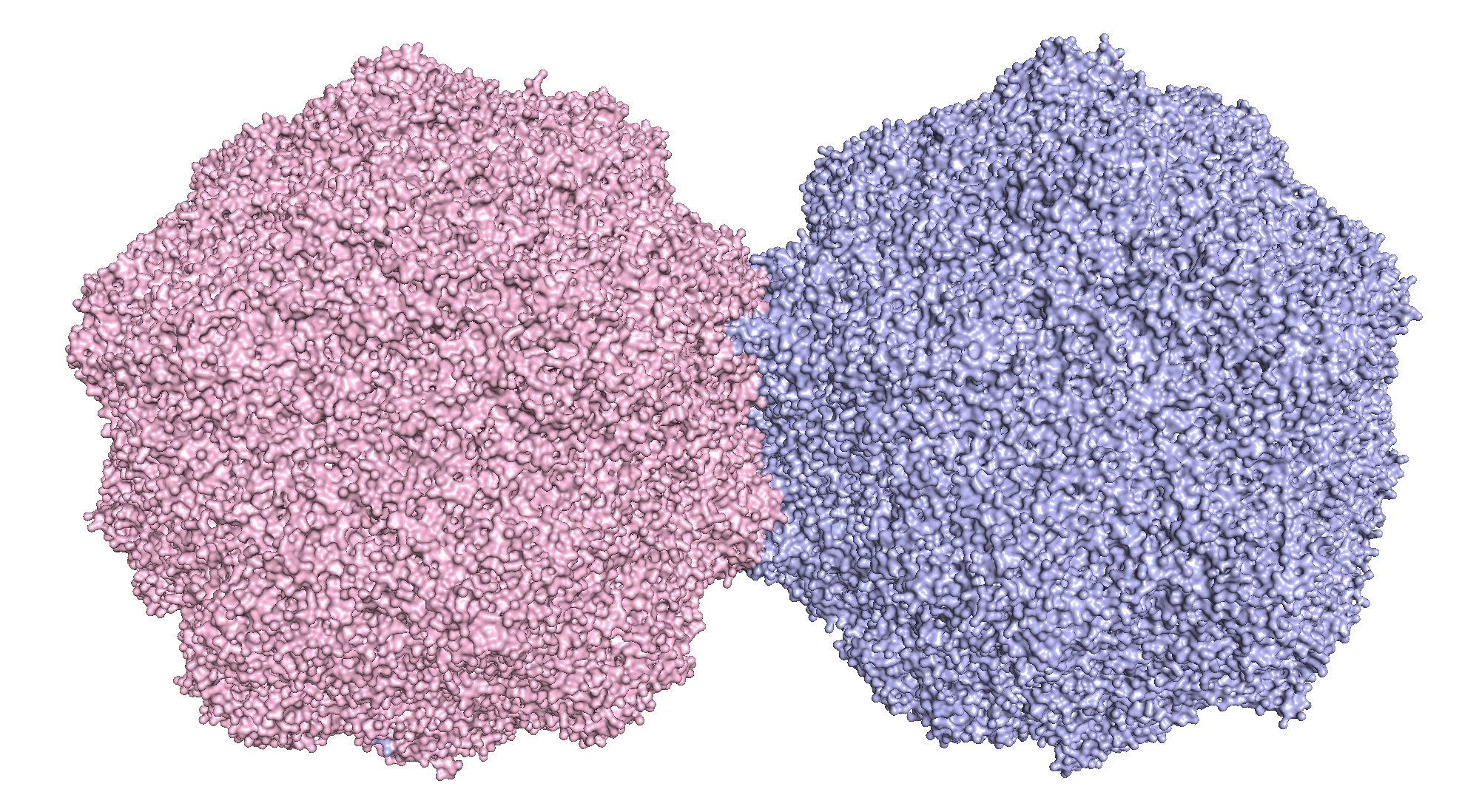2022 Annual Meeting
(513d) Coarse-Grained Molecular Dynamics Simulation of Aggregation and Surface Adsorption of ssDNA Loaded Adeno-Associated Viral Capsids
Authors
Adeno-associated virus (AAV) is a small virus with a nonenveloped icosahedral shape in the size of roughly 26 nm in diameter.) It is considered as a promising vector encapsulating a single-stranded genome (ssDNA) for in vivo gene delivery. However, little is known about the mechanism for the aggregation of AAV capsids during purification, their tendency to be absorbed by hydrophobic materials during the manufacturing process and storage, and the role of free ssDNA in the aggregation and adsorption processes. Accordingly, by applying a coarse-grained molecular dynamics (CG-MD) simulations, we studied the underlying mechanism of the interaction between capsids and the interaction of adsorption process between the capsid and hydrophobic surfaces, such as polyethylene (PE) and polypropylene (PP).
Methods:
The CG-MD simulations and their analyses were carried out using GROMACS package. We applied the MARTINI force-fields along with periodic boundary conditions. The crystal structure of AAV Serotype 8 (AAV8) was taken from the protein data bank entry (PDB: 6v12), and the initial 2.2kb ssDNA model was constructed using Avogadro software. The steepest descent algorithm was used in energy minimization followed by a 10 ns equilibration step in an isothermalâisochoric ensemble at ambient temperature. The simulation production runs were performed in an isothermal-isobaric ensemble using the NoseÌâHoover thermostat and the ParrinelloâRahman barostat at a pressure of 1 bar for each 20-fs time step. Computations were performed in High Performance Center Supercomputer Cluster at the University of Connecticut.
Results:
From the CG-MD simulations, the aggregation of both full and empty capsids can be captured successfully. The analysis of Root-mean-square deviation (RMSD) of all protein monomers, and root-mean-square fluctuation (RMSF) for the individual residues demonstrated that the full capsid exhibited a pronounced instability compared to the empty capsid under the same temperature and pressure conditions. However, a larger radius was captured for full capsid than that of empty capsid, which is a resultant of the increased core size of a loaded ssDNA molecule. In addition, the electrostatic potential map revealed more anionic charges on the surface of the full capsid than that of empty capsid due to the encapsulated negatively charged ssDNA in the full capsid. Moreover, the behavior of the full capsid adsorbed onto the hydrophobic surface was captured successfully. It was noted that the capsid was rotated, driven toward, and attached to the surface with stronger interactions to the PP surface than that of the PE surface, which was assessed by relative shape anisotropy.
Conclusions:
A better understanding of capsid aggregation associated with multiple asparagine and glutamine residues was established by CG-MD simulations. Additionally, multiple hydrophobic residues, such as leucine, isoleucine and phenylalanine, were identified to be related to the surface adsorption process. The stability and electrostatic charges of the capsids and the free ssDNA molecule were evaluated using this developed computational model. Our simulations provide general dynamical information about the structure of the ssDNA and capsids on microsecond timescale, revealing behavior that is impossible to be obtained from experimental studies. The CG-MD simulations are demonstrated to be a powerful tool in the simulation of macromolecular complexes and are capable of guiding the interpretation, explanation, and direction of experiments.
